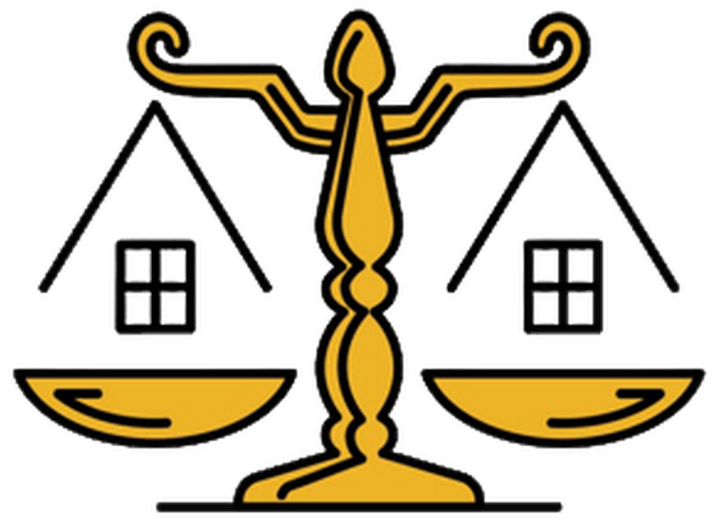The Necessary Documents to Submit to Obtain the Nigeria Maritime Administration and Safety Agency (NIMASA)Certificate
1. Introduction
The maritime industry is one of the most regulated sectors globally due to its international nature and security implications. In Nigeria, the Nigeria Maritime Administration and Safety Agency (NIMASA) plays a crucial role in overseeing maritime safety, security, pollution control, and shipping development.
Obtaining a NIMASA certificate is essential for maritime operators, ship owners, seafarers, shipping companies, and service providers who wish to legally operate within Nigerian waters. This article provides a detailed breakdown of the documents required, procedures, and compliance obligations needed to obtain various NIMASA certificates.
2. Overview of NIMASA and Its Functions
Established under the NIMASA Act of 2007, the agency is charged with:
Regulating shipping and maritime labor
Ensuring maritime safety and security
Enforcing marine pollution control standards
Registering ships and seafarers
Certifying maritime institutions
3. Types of NIMASA Certificates and Approvals
Understanding which certificate you need is critical. Some common NIMASA certificates include:
Certificate of Ship Registration (CSR)
Maritime Labour Certificate (MLC)
Safety Management Certificate (SMC)
International Ship Security Certificate (ISSC)
Certificate of Competency (CoC) for Seafarers
ISM Document of Compliance (DOC)
NIMASA Cabotage Compliance Certificate
Permit to Operate Vessels Under the Cabotage Regime
Each certificate has its own documentation requirements.
4. General Requirements for Corporate Maritime Operators
a. Corporate Documents
Certificate of Incorporation (CAC)
Form CAC 1.1 or Form C07 (Particulars of Directors)
Memorandum and Articles of Association
Company Tax Identification Number (TIN)
Current Tax Clearance Certificate (TCC)
b. Operational Licenses
DPR License (for oilfield support vessels)
SON, NAFDAC, or other agency approvals (where applicable)
Evidence of registration with the Nigerian Ports Authority (NPA)
c. Financial Evidence
Audited Financial Statements
Bank Reference Letter
Evidence of paid capital (for ship acquisition or construction)
5. Specific Requirements for Ship Registration (CSR)
a. Ship Documentation
Bill of Sale
Builder’s Certificate (for newly built ships)
Previous Certificate of Registration (for re-registration)
Classification Society Certificate
International Tonnage Certificate
Load Line Certificate
b. Technical and Safety Certificates
Safety Equipment Certificate
Safety Construction Certificate
Safety Radio Certificate
International Oil Pollution Prevention Certificate (IOPP)
c. Inspection Reports
NIMASA Surveyor’s Report
Proof of Seaworthiness
6. Seafarer Certification and Documentation
For individual applicants seeking a Certificate of Competency (CoC) or Seafarer Identification Document (SID):
a. Personal Identification
National Passport or NIN
Two recent passport-sized photographs
b. Academic and Training Documents
STCW Certificates
Maritime Academy or Training School Certificates
Mandatory Safety Training Certificates (e.g., Fire Fighting, First Aid)
c. Sea Service Records
Logbook entries
Company sea service letter
Discharge Book (if available)
d. Medical Fitness Certificate
Certified by a NIMASA-approved medical practitioner.
7. ISM and ISPS Code Compliance Documents
To obtain an ISM DOC, SMC, or ISSC, a shipping company must submit:
Company Safety Management Manual
Ship Security Plan (SSP)
Proof of designated CSO and SSO training
Internal Audit Reports
Verification of drills and exercises conducted
These certificates ensure compliance with international safety and security management protocols.
8. Cabotage Certificate and Indigenous Participation Documents
a. Evidence of Nigerian Ownership
Shareholder structure indicating 60% Nigerian ownership
Affidavit of ownership
Board resolution authorizing application
b. Proof of Vessel Eligibility
Local vessel construction certificate (if applicable)
Ship Lease or Charter Party Agreements
Vessel photographs and technical specification sheets
c. Cabotage Registration Form
To be filled and submitted with supporting documentation.
9. Application Submission and Processing Procedures
Visit the NIMASA e-registration portal or regional office
Create an applicant profile (corporate or individual)
Upload scanned copies of documents
Pay prescribed application fee
Submit hard copies where necessary
Schedule and complete inspection/survey (for vessels)
Processing time depends on the certificate type but typically ranges from 5 to 15 business days.
10. Common Pitfalls and How to Avoid Them
Inconsistent names or registration details
Outdated or expired certificates
Failure to respond to NIMASA queries
Non-compliance with Cabotage regime requirements
Submitting unauthenticated documents
Hiring a maritime legal advisor or compliance consultant can help avoid these delays.
11. Post-Certification Obligations
Once certificates are issued, holders must:
Renew certificates periodically (annually or biennially)
Report changes in ownership or vessel status
Ensure continuous compliance with safety regulations
Cooperate with NIMASA during audits or inspections
12. Legal Support and Professional Guidance
Navigating the NIMASA certification process can be complex, particularly for foreign shipowners, new maritime operators, and offshore service providers. Professional support ensures:
Accurate documentation
Faster processing
Compliance with local and international regulations
Conclusion
Obtaining a NIMASA certificate is a crucial step for anyone involved in Nigeria’s maritime and shipping industry. With the right documents and legal support, maritime operators can avoid delays, penalties, and operational disruptions.
⚓ Need Help Securing Your NIMASA Certificate? We Make It Easy.
Navigating the NIMASA certification process can be complex — from compiling documents to dealing with inspections and regulatory queries. Whether you’re registering a vessel, certifying your maritime staff, or applying under the Cabotage regime, accurate documentation is critical.
At Chaman Law Firm, we provide full legal and compliance support to:\n
Shipping companies
Offshore service providers
Vessel owners and operators
Maritime professionals and seafarers
We’ll handle your paperwork, fast-track your applications, and liaise directly with NIMASA to ensure a smooth approval process.
📞Phone: 08065553671, 08096888818
✉ Email: chamanlawfirm@gmail.com
📍 Address: 115, Obafemi Awolowo Way, Allen Junction, Ikeja, Lagos, Nigeria
🌍Click here to learn more about Chaman Law Firm
Work with experts who understand maritime law and NIMASA compliance.
Chaman Law Firm – Your Right, We Protect.


